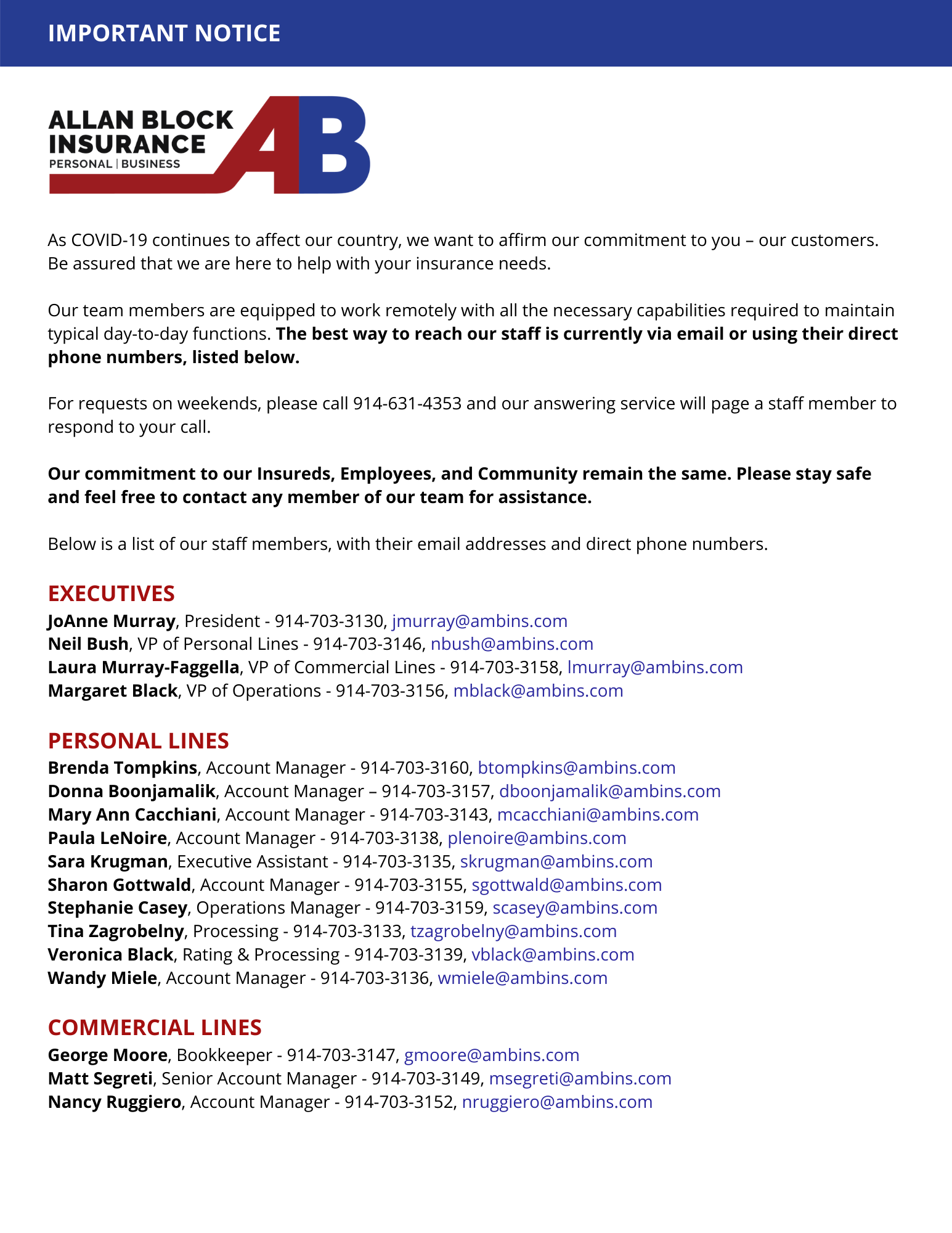As unpredictable weather like the pummeling rains that hit the West Coast in early 2023 grow across the country, businesses that are not properly insured could be left paying for damage to their building, inventory, and/or contents out of pocket.
With flooding events increasing, it’s noteworthy that many companies located in or near flood zones do not carry commercial flood insurance, without which any damage their properties sustain won’t be covered. Damage from flooding, including inundation generated by a hurricane-generated storm surge, typically is not covered under a standard commercial policy, including a commercial package policy or a business owner’s policy.
Companies located in flood plains will usually carry some flood insurance, but 30% of all floods in the U.S. occur outside such areas. As the recent storms in California illustrate, even businesses and homes located outside of flood plains are at risk.
The main source for coverage is the National Flood Insurance Program (NFIP), a federally backed program. There are also a handful of private carriers that offer flood insurance. We can help you secure the best coverage for your needs and situation.
What does flood insurance cover?
First off: If your commercial property is located in a high-risk flood area and you have a mortgage from a federally regulated or insured lender, you are required to purchase a flood insurance policy. But as mentioned above, properties outside of designated flood zones can also flood.
Insurance covers damage to your building, inventory, and contents caused by flooding.
This includes losses resulting from water overflowing rivers or streams, heavy or prolonged rain, storm surge, snow melt, blocked storm drainage systems, broken dams or levees, or other similar causes.
Also, damage from mold and mildew resulting from the after-effects of a flood is covered, but each case is evaluated on an individual basis.
Mold and mildew conditions that existed prior to a flooding event are not covered, and after a flood, the policyholder is responsible for taking reasonable and appropriate mitigation actions to eliminate mold and mildew.
On the other hand, if water comes from above — for instance from rain or melting snow overflowing gutters and leaking onto your inventory — you’ll be covered by your standard commercial property insurance.
What’s my risk for flooding?
If you are not in a designated flood plain, the best general indicator for the risk you face is whether your commercial property is at ground level or on an elevation.
Location is the most important factor for weighing your risk. Is your business situated in or near a flood zone? We can determine the flood zone for you using flood zone maps.
If not in a flood zone, is it near the coast or a river, lake or stream? As seen in the past, even areas with low flood risk can also be inundated during particularly heavy storms.
Also consider in which parts of the building your businesses equipment and inventory are located. Anything housed on a lower floor, for instance, will be at greater risk.
Where can I get coverage?
Flood insurance is available from the NFIP and some private insurers. However, NFIP coverage can only be purchased through an insurance professional; you cannot buy it directly from the federal government.
Feel free to call us about your options and a review of your property.
Important: Typically, there’s a 30-day waiting period from date of purchase before your policy goes into effect. This is to keep firms from purchasing a policy just before an expected deluge or when it looks like their property may imminently flood.
Limits
Commercial flood insurance premiums can cost a few hundred dollars a month up to several thousand dollars a year. The best way to calculate the amount of coverage you need and what you require from a flood insurance policy is to consult us.
Policies typically provide up to $500,000 of coverage for your building and up to $500,000 for its contents.
You can purchase what’s called excess insurance coverage to rebuild properties valued above those limits. This type of coverage usually includes protection against business interruption.
Think ahead
Don’t wait too long. As mentioned above, most flood policies won’t take effect until 30 days after the purchase, so you can’t wait until a threat surfaces to make this decision.



